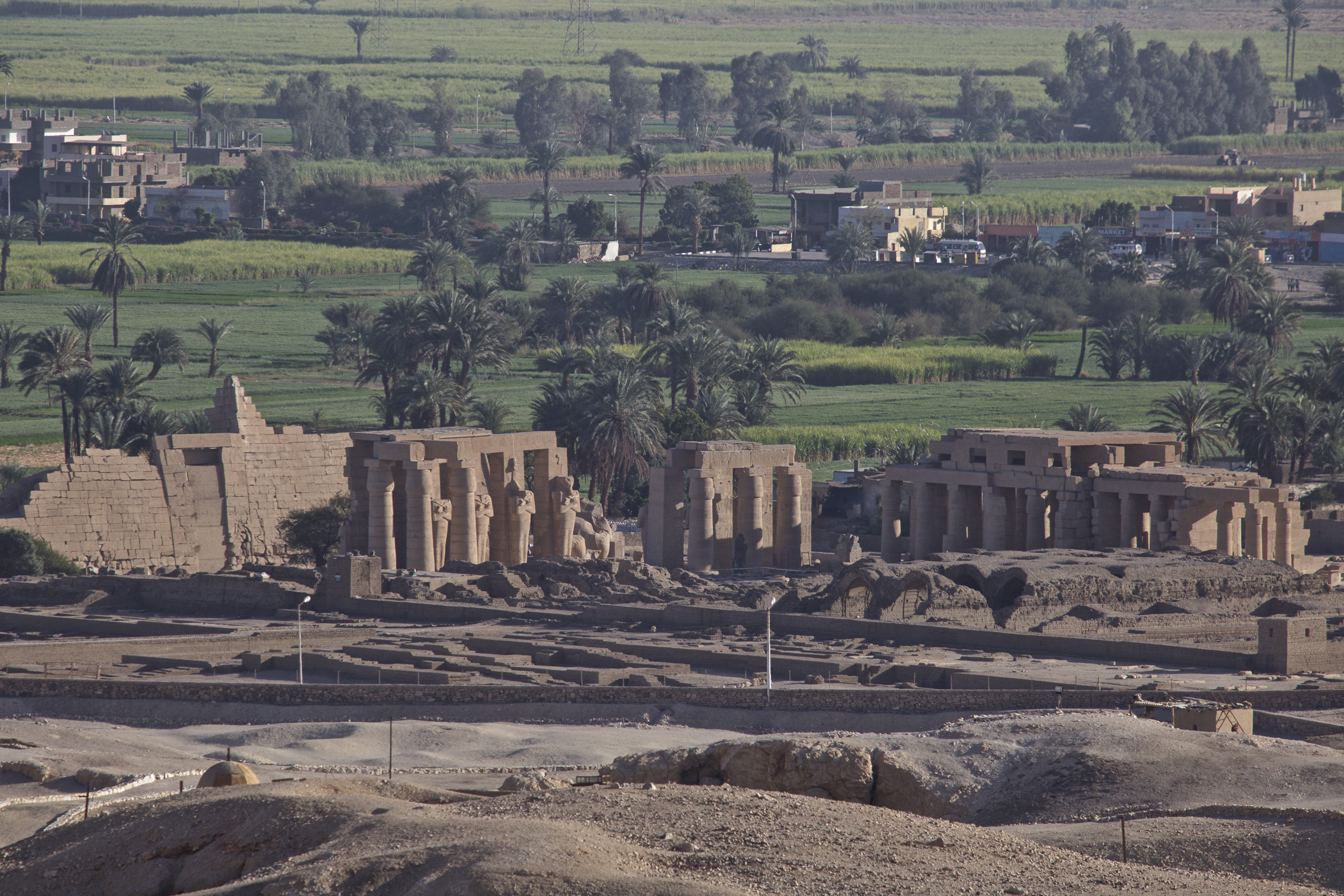Od Memfis do Teb

Ramesseum
Ponad 150 lat po śmierci Hatszepsut na tron Egiptu wstąpił Ramzes II, jeden z najwybitniejszych władców kraju nad Nilem, który jednocześnie był jednym z najaktywniejszych budowniczych w Egipcie. W ramach jego niezwykle bogatego programu budowlanego powstały wiekopomne monumenty w kraju faraonów, jak chociażby świątynie w Abu Simbel, ale także wiele budowli poza rdzennym terytorium Egiptu. W świętym mieście boga Amona-Ra, a dokładnie na zachodnim jego brzegu, Ramzes II zgodnie z tradycją wykuł sobie grobowiec w Dolinie Królów, zaś na granicy pól uprawnych powstała jego świątynia kultu grobowego, w której imię władcy miało być czczone przez kolejne miliony lat.
Ramesseum
More than 150 years after Hatshepsut's death, Ramesses II, one of the most outstanding rulers of the country on the Nile, ascended the throne of Egypt, and was also one of the most active builders in Egypt. As part of his extremely extensive building program, memorable monuments were built in the land of the Pharaohs, such as the temples in Abu Simbel, but also many buildings outside Egypt's core territory. In the holy city of the god Amun-Ra, and more precisely on its western shore, Ramesses II, according to tradition, forged a tomb in the Valley of the Kings, and on the border of arable fields his temple of tomb worship was built, in which the name of the ruler was to be worshipped for the next millions of years.